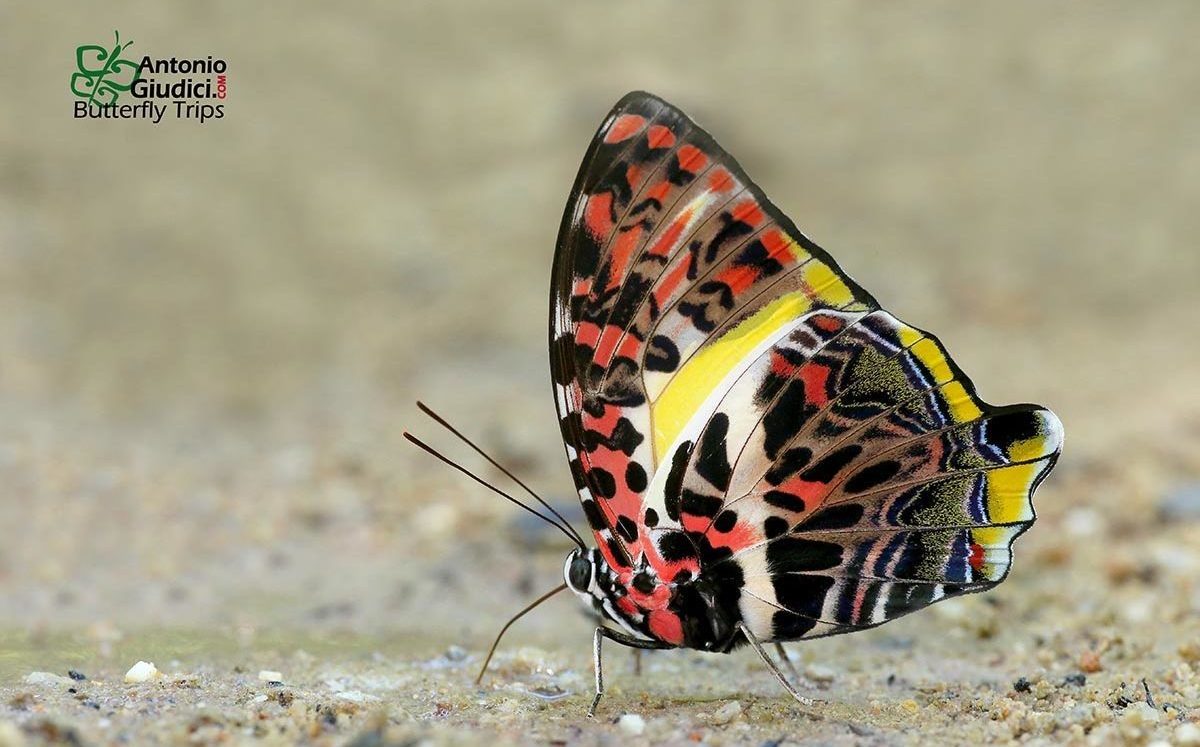|
|
Post by Adam Cotton on Nov 17, 2021 6:16:39 GMT -8
I can imagine that weight is a serious problem with glass bottom drawers. I was there in 2006 and didn't remember the weight.
In some ways it is a pity that different collections are being merged, although taxonomically it makes sense.
Adam.
|
|
|
|
|
|
Post by Adam Cotton on Nov 17, 2021 6:18:15 GMT -8
Are the "supplementary collections" also being merged with the main collection specimens?
Adam.
|
|
|
|
Post by bobw on Nov 17, 2021 7:53:52 GMT -8
Yep, everything apart from one or two famous collections such as Banks and Sloane. Although, after they've just been put back into the main collections, the types are being removed to be held separately again.
|
|
Deleted
Deleted Member
Posts: 0
|
Post by Deleted on Nov 17, 2021 8:24:15 GMT -8
Basically, I do two types of verso mountings. If space is a factor, I’ll mount the specimen as a verso profile like at upper right. If I get a specimen I need to keep, but it has a flawed recto surface, I’ll mount it up-side-down like the large female cecropia at lower right. Most all of my drawers have one, or both of these verso mountings as I agree…..moving specimens to check the verso is indeed risky. It also is interesting to see what the underside looks like when just viewing the drawer each time it’s pulled out. Btw…..I also often mount/keep specimens that eclose from rearing that remain crippled (wings not expanded) just for the heck of it. With one of my Automeris moths that remained cripplied, I actually stuck it partly back into the cocoon and mounted it as though it was coming out during eclosure. Many of my moth drawers have extras like ova, pupal skins, larval skins, cocoons, alcoholed pupae/larvae, small larval pics, or the cripples mentioned earlier.  |
|
Deleted
Deleted Member
Posts: 0
|
Post by Deleted on Nov 17, 2021 8:40:44 GMT -8
Another example w A. zephyria.  |
|
Deleted
Deleted Member
Posts: 0
|
Post by Deleted on Nov 17, 2021 8:41:25 GMT -8
Now…..the moth enclosing from cocoon close up.  |
|
|
|
steve
Full Member
  
Posts: 231
|
Post by steve on Nov 17, 2021 16:14:19 GMT -8
Hypochrysops in Australia - 50/50. Both sides are stunning.
|
|
|
|
Post by mothman27 on Nov 18, 2021 20:00:35 GMT -8
Personally, I somewhat dislike the idea of pinning them upside down. If I have but one of a species, it is always pinned recto. If it's a species or group which presents better visuals pinned verso (either for species determination or simply aesthetically), I will pin my second or third specimen in that manner. Very rarely will I pin more than one of a type verso. I typically like to include one specimen verso if I have a series. Obviously, this is just my preference.
|
|
|
|
Post by trehopr1 on Nov 18, 2021 21:19:37 GMT -8
I have never spread a single specimen in my life verso. I can certainly see the merits of spreading some butterflies such as satyr's and some Lycaenidae as such but, I won't be the one doing it.
Quite frankly, the small percentage of nice things that I do bring back from the field are not going to be experimented on by me for the love of the opposing view.
If you see any verso specimens (in any of my pictures); you can be sure someone else prepared them.
|
|
|
|
Post by 58chevy on Nov 19, 2021 8:14:01 GMT -8
Agraulis vanillae is the only species in my collection that I mount upside down more often than not. Those silvery spots look spectacular, even though it's a common butterfly. Occasionally I'll do verso mounts on P. crephontes, P. palamedes, and a few others.
|
|
|
|
Post by wollastoni on Nov 20, 2021 9:15:07 GMT -8
I set nearly all my Delias on verso of course  The Delias recto is nearly all white and black and they all look the same. |
|
|
|
Post by livingplanet3 on Nov 20, 2021 11:02:59 GMT -8
Agatasa calydonia (subfamily Charaxinae, tribe Prothoini) - 
|
|
|
|
Post by exoticimports on Nov 20, 2021 17:07:24 GMT -8
Delias are routinely mounted upside down. So that begs the question why not lycaenidae? Why not other genera that require examination of the verso for determination?
Chuck
|
|
|
|
Post by trehopr1 on Nov 20, 2021 18:54:32 GMT -8
I feel in the case of Lycaenidae that at least 70% have the upperside (recto) the boldest and prettiest for color. As such, one can differentiate the species fairly readily without a flipping over.
That other 30% is really meant for people who specialize in the family and look at the details frequently for their determinations.
Also, perhaps spreading butterflies upside down is a task which (most of us) are unaccustomed to in practice as that style (manner) has niche uses/needs.
|
|
|
|
Post by cabintom on Nov 21, 2021 1:37:11 GMT -8
I aim for a 50/50 split with how I set my specimens. When you're dealing with as many species as we have out here, it's really helpful to be able to see all of the subtle differences between species, and you need to see ventral & dorsal surfaces to do that.
|
|